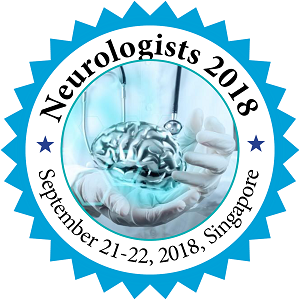
Fowzia Siddiqui
Aga Khan University Hospital, Pakistan
Title: Specific local epilepsy management guidelines in third world countries like Pakistan
Biography
Biography: Fowzia Siddiqui
Abstract
Introduction:
According to The World Health Organization (WHO), epilepsy is one of those serious brain disorders that affects not only the individual but has a deep impact on the family and society in general. Approximately 50 million people are affected with epilepsy around the world , it is estimated that the prevalence of epilepsy is 9.99/1000 in Pakistan and other regions of south east Asia. More than 1/3rd of the world burden of epilepsy lies within the region.
The guidelines available in developed countries are in a setting where epilepsy care is provided by epileptologists but in South-east Asian countries the scenario is different. In Pakistan, only one neurologist for 1.4 million population, contrast to US where one neurologist for 26 thousand. This shows a desperate need to adapt to alternate guidelines with strategies to provide simplified epilepsy management at a primary care level and to standardize epilepsy care on a National level. Thus simplified guidelines are proposed.
Methods:
To form these guidelines we reviewed and adopted from many different available guidelines including the ILAE reviews and WHO recommendations.
Results:
A complete guideline for Epilepsy management in easy to follow algorithms and tables understandable even by those not well versed in neurology. Including AED selection in special populations e.g. women, children, elderly. A simple Status Epilepticus Protocol.
Conclusion:
The scope of these guidelines is to walk the treating physician with keys to establish diagnosis, a then selecting AEDs. These guidelines hope to provide the physicians treating epilepsy patients with a cost effective management plan.

